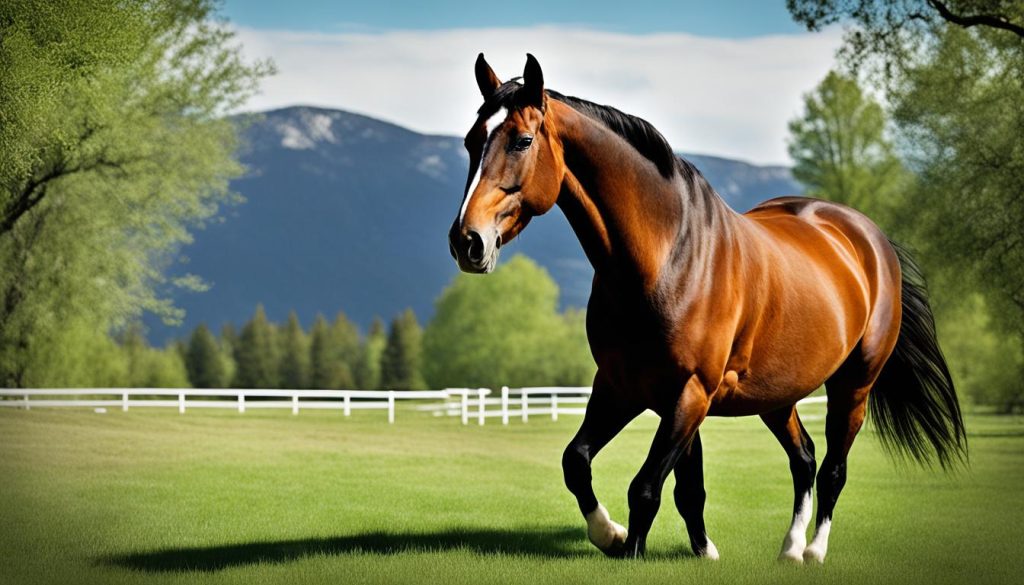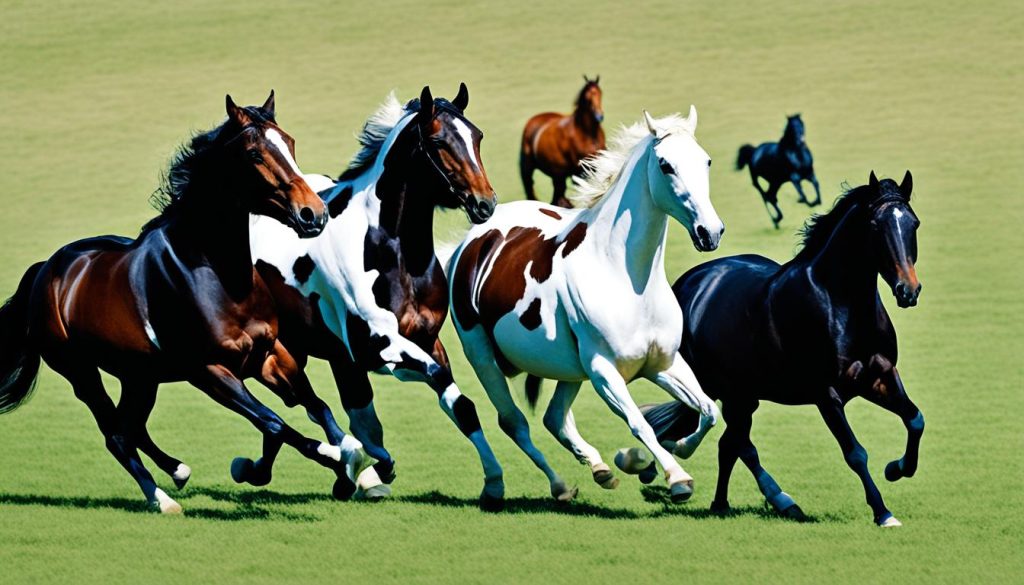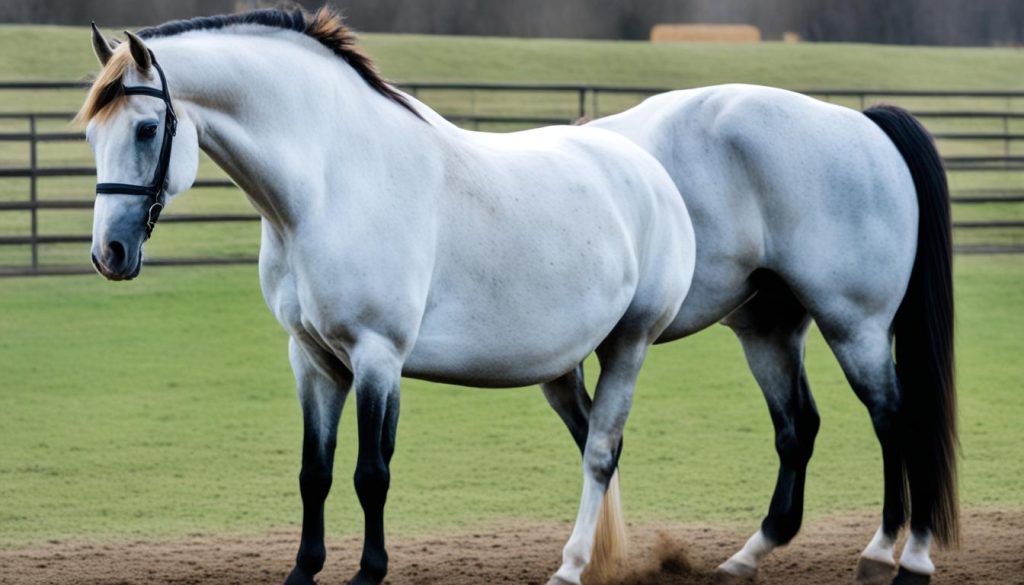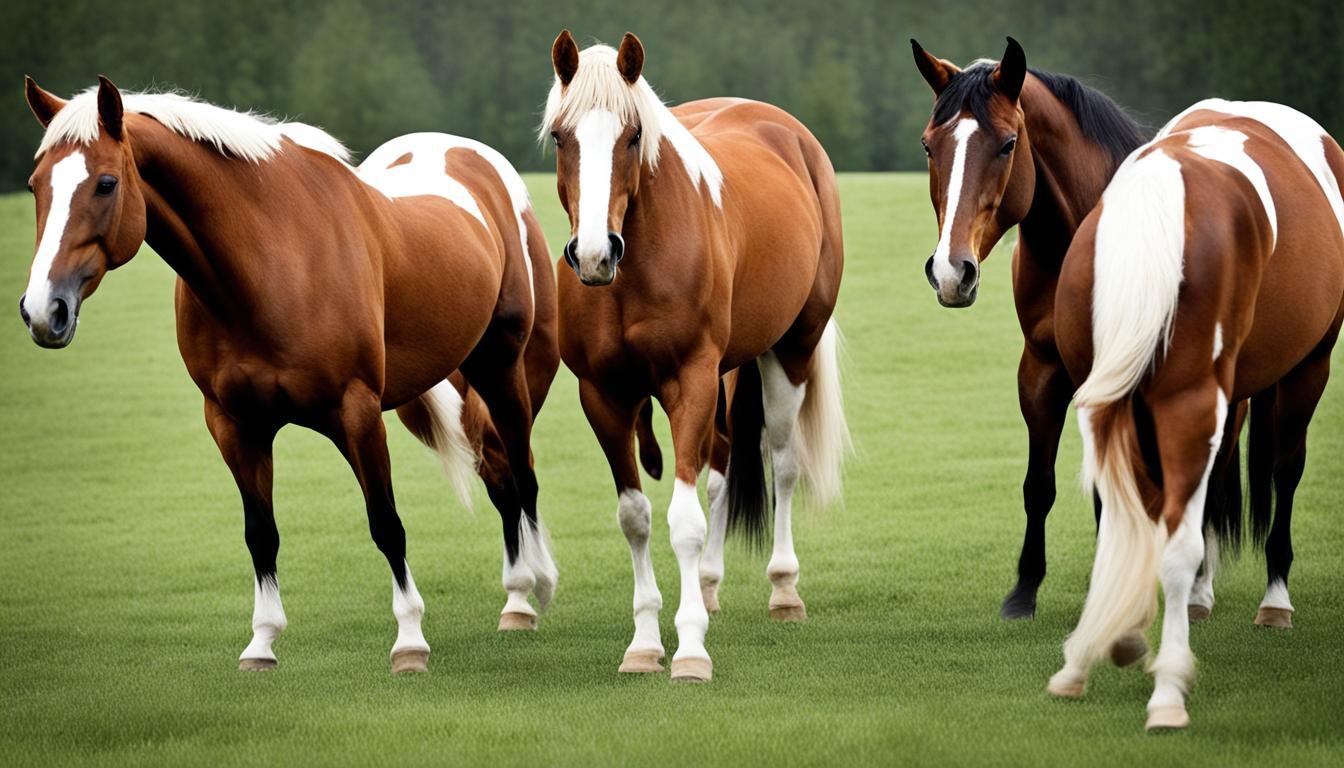“Animals are more than ever a test of our character, of mankind’s capacity for empathy and for decent, honorable conduct and faithful stewardship. We are called to treat them with kindness, not because they have rights or power or some claim to equality, but in a sense because they don’t; because they all stand unequal and powerless before us.”
As equestrians, our bond with horses goes beyond saddles and reins. It is a partnership built on trust, communication, and mutual understanding. To truly connect with these magnificent creatures, we must learn to speak their language – the language of body cues and gestures.
Horses are master communicators, expressing their emotions and intentions through a rich tapestry of nonverbal signals. From the positioning of their ears and eyes to the movement of their tails and legs, every subtle shift tells a story. By decoding these equine signals, we can unlock a deeper level of connection and ensure a safer and more enjoyable riding experience.
Key Takeaways:
- Understanding horse body language is essential for building a strong bond with your equine companion.
- Horses use a variety of nonverbal cues, including ear, eye, mouth, body, tail, leg, and vocal expressions, to convey their emotions and intentions.
- Interpreting equine signals allows equestrians to address their horses’ needs and ensure their comfort and safety.
- By observing and understanding individual body language patterns, you can develop a deeper connection with your horse and enhance the overall riding journey.
- The horse-human relationship is enriched when we communicate in their language, fostering empathy and respect.
Decoding Ears, Eyes, and Mouth Signals
The positioning and movement of a horse’s ears, eyes, and mouth can provide valuable insights into their emotions and intentions. By understanding and interpreting these equine nonverbal cues, equestrians can effectively communicate with their horses and build a strong bond. Let’s take a closer look at some key horse behavior cues:
Ears:
The position of a horse’s ears can tell you a lot about their state of mind. When their ears are forward-pointing, it indicates curiosity or interest in their surroundings. This equine expression shows that the horse is paying attention and open to interaction. Conversely, if their ears are pinned back against their neck, it may be an indicator of aggression or discomfort. In such instances, it’s crucial to approach with caution and assess the situation carefully.
Eyes:
Horse body signals also include the eyes. Wide eyes often suggest fear or surprise, while relaxed eyes reflect a sense of calmness. Being aware of the horse’s eye movements and expressions can help you gauge their emotional state. When a horse’s eyes are alert and focused, it indicates that they are attentive and aware of their surroundings.
Mouth:
A horse’s mouth can provide valuable insights into their comfort and relaxation levels. When a horse chews softly and rhythmically, it signifies relaxation, thoughtfulness, and contentment. This nonverbal cue indicates that the horse is in a favorable state of mind and ready to communicate. Conversely, if the horse is clenching their jaw or grinding their teeth, it may indicate tension or discomfort, suggesting that you should proceed with caution and assess the situation carefully.
By interpreting these horse body signals, equestrians can better read their horse’s emotions and intentions. This understanding allows for enhanced communication and a stronger horse-human connection. Remember to observe their ears, eyes, and mouth attentively to gain valuable insights into their state of mind.

| Body Part | Signal | Meaning |
|---|---|---|
| Ears | Forward-pointing | Curiosity or interest |
| Ears | Pinned back | Aggression or discomfort |
| Eyes | Wide | Fear or surprise |
| Eyes | Relaxed | Calmness and comfort |
| Mouth | Chewing | Relaxation and thoughtfulness |
| Mouth | Clenching, grinding teeth | Tension or discomfort |
Interpreting Body Position and Tail Movements
A horse’s body position and tail movements can reveal a wealth of information about their thoughts, emotions, and intentions. Understanding these equine communication signs and horse behavior cues is crucial for equestrians who want to build a strong connection with their horses.
When a horse exhibits a tense body, it signifies feelings of anxiety or fear. Conversely, a stretched neck and arched back can indicate excitement or playfulness. It’s essential to pay attention to the subtle shifts in their posture to gauge their current state of mind.
Another valuable cue to consider is the position of a horse’s eyes. Rolled back eyes indicate relaxation or sleepiness, while wide eyes often indicate fear or surprise. Equestrians trained in understanding equine gestures can quickly decipher their horse’s emotional state through their eye movements.

The movements of a horse’s tail can provide additional insights into their emotional state. For example, a tail swishing from side to side can indicate annoyance or irritation. On the other hand, a tucked tail might be a sign of fear or discomfort. When a horse raises its tail, it may be an indication of excitement or heightened alertness.
Key Body Position and Tail Movements to Interpret:
| Gesture | Meaning |
|---|---|
| Tense body | Anxiety or fear |
| Stretched neck and arched back | Excitement or playfulness |
| Rolled back eyes | Relaxation or sleepiness |
| Tail swishing | Annoyance or irritation |
| Tucked tail | Fear or discomfort |
| Raised tail | Excitement or heightened alertness |
By familiarizing yourself with these horse behavior cues and practicing close observation, you can develop a deeper understanding of your horse’s needs and emotions. This knowledge allows you to respond appropriately and nurture a harmonious partnership.
Continue to Section 4 to explore how leg stance and vocal expressions provide further insights into equine behavior.
Reading Leg Stance and Vocal Expressions
When it comes to deciphering horse signals, understanding their leg stance and vocal expressions is crucial for effective horse behavior communication. By paying attention to these cues, you can gain deeper insights into your horse’s thoughts, emotions, and needs.
Interpreting Leg Stance
A horse’s leg stance can provide valuable information about its current state. Stiff legs often indicate tension or a readiness to flee, signaling the need for caution and reassurance. On the other hand, a horse pawing the ground may be expressing impatience or irritation.
One interesting leg stance to observe is when a horse raises one of its hind legs. This resting position reflects relaxation and comfort, suggesting that the horse feels at ease in its surroundings.
By being mindful of your horse’s leg stance, you can gauge its level of comfort, confidence, and readiness for interaction.
Decoding Vocal Expressions
Horses use a variety of vocalizations to convey their messages and emotions. Each vocal expression serves a different purpose and can indicate distinct horse behavior cues.
Neighing is one of the most recognizable horse vocalizations. It can signify excitement, anticipation, or a call for attention. Nickering, on the other hand, is often associated with greeting, expressing affection, or seeking companionship.
Snorting and blowing are vocalizations that horses use to communicate their state of alertness or feeling threatened. These sounds are typically accompanied by specific body language cues, such as raised head and tensed muscles.
Squealing is a higher-pitched vocalization usually associated with dominance, aggression, or a display of territorial behavior. It serves as a warning to other horses or as a way of establishing dominance within a herd.
Understanding the meaning behind these vocal expressions allows you to respond appropriately and effectively communicate with your horse.

Interpreting a horse’s leg stance and vocal expressions is an essential part of deciphering horse signals and establishing a strong horse-human connection. By observing and understanding these behaviors, you can better respond to your horse’s needs and communicate effectively. Take the time to study and interpret your horse’s body language, as it will greatly enhance your understanding of their behavior and deepen your bond with them.
Conclusion
Understanding and interpreting horse body language is an essential skill for equestrians. By closely observing their cues and signals, you can develop a deeper connection with your horses and address their needs effectively. This understanding not only enhances the horse-human connection but also ensures the comfort and safety of both you and your horse.
Each horse has its own unique way of expressing itself through body language, so taking the time to observe and understand individual patterns is crucial. By doing so, you can strengthen your bond with your horse and establish clear communication. This enables you to respond appropriately to their emotions and behaviors, fostering a harmonious partnership.
Enhancing horse communication through understanding their behavior is an ongoing process. It requires patience, practice, and a willingness to learn from reputable sources. By continually refining your knowledge, you can refine your ability to read and interpret the subtle cues that horses provide. Ultimately, this deepens the trust between you and your horse and enriches your overall riding journey.
So, embrace the fascinating world of horse body language, and enjoy the rewards of a more profound connection with your four-legged companions. Remember, the more you understand and respect their communication signals, the closer you’ll be to creating a harmonious and fulfilling partnership on your equestrian adventures.
